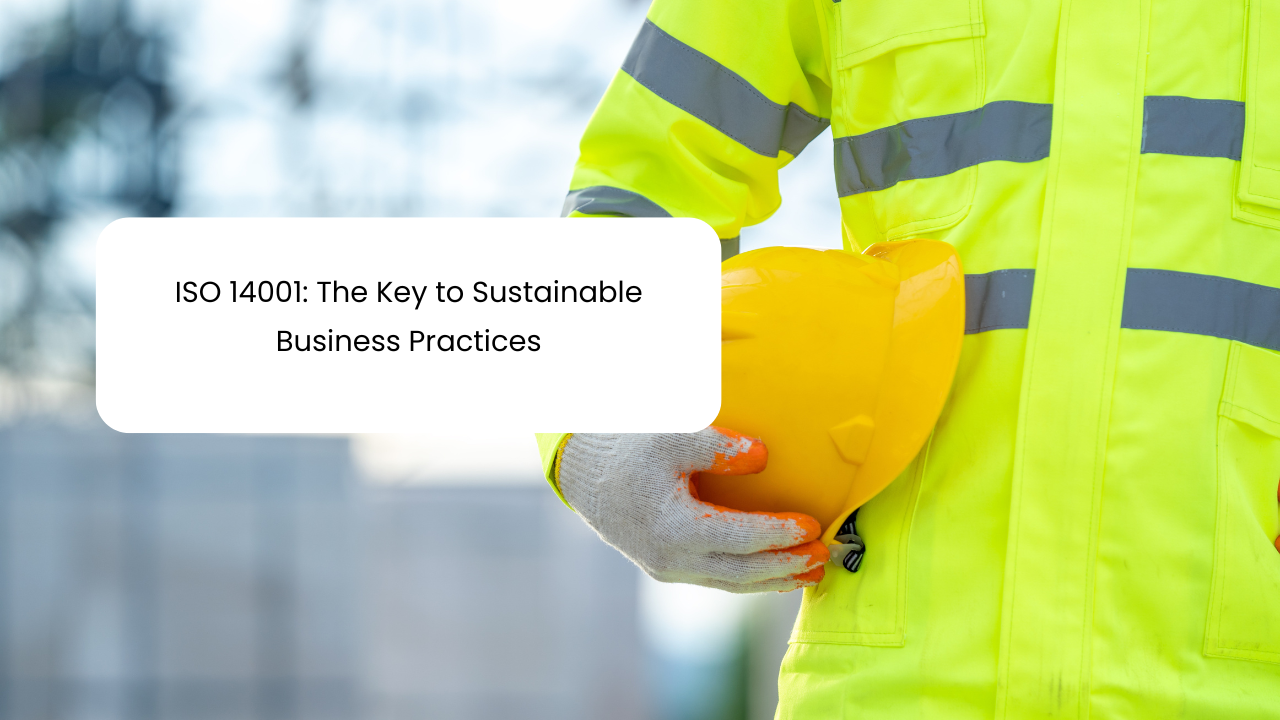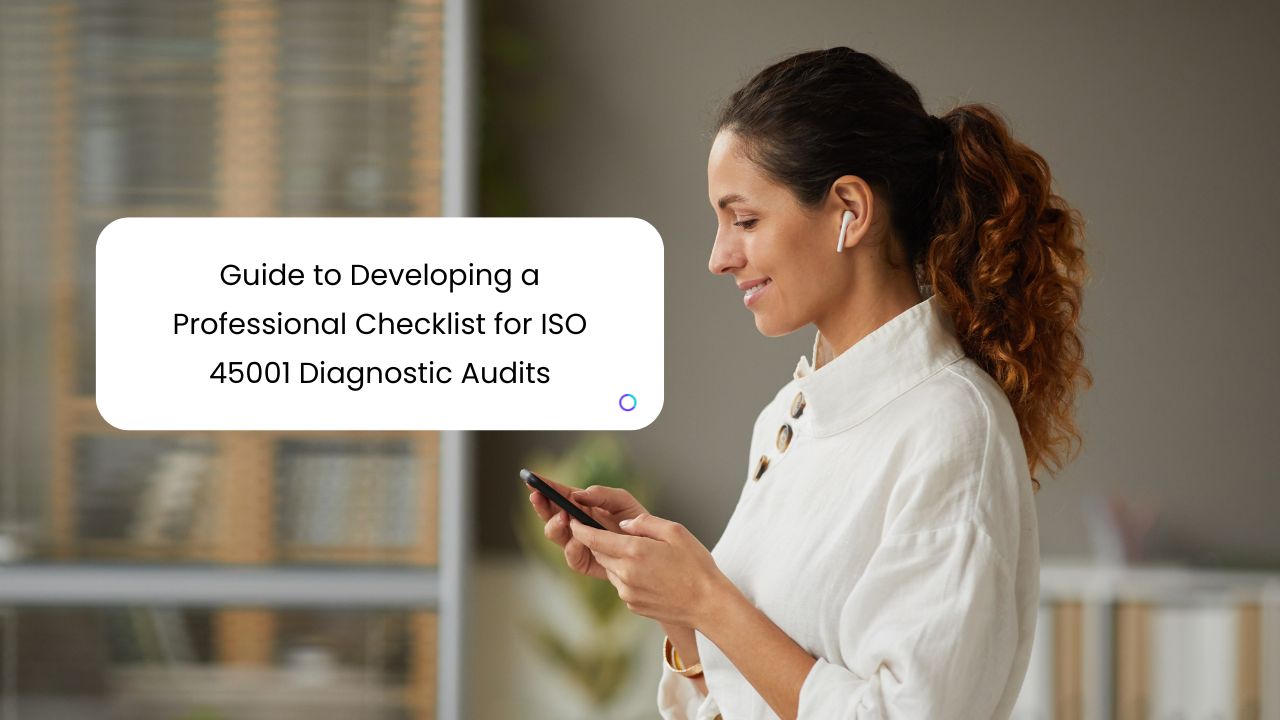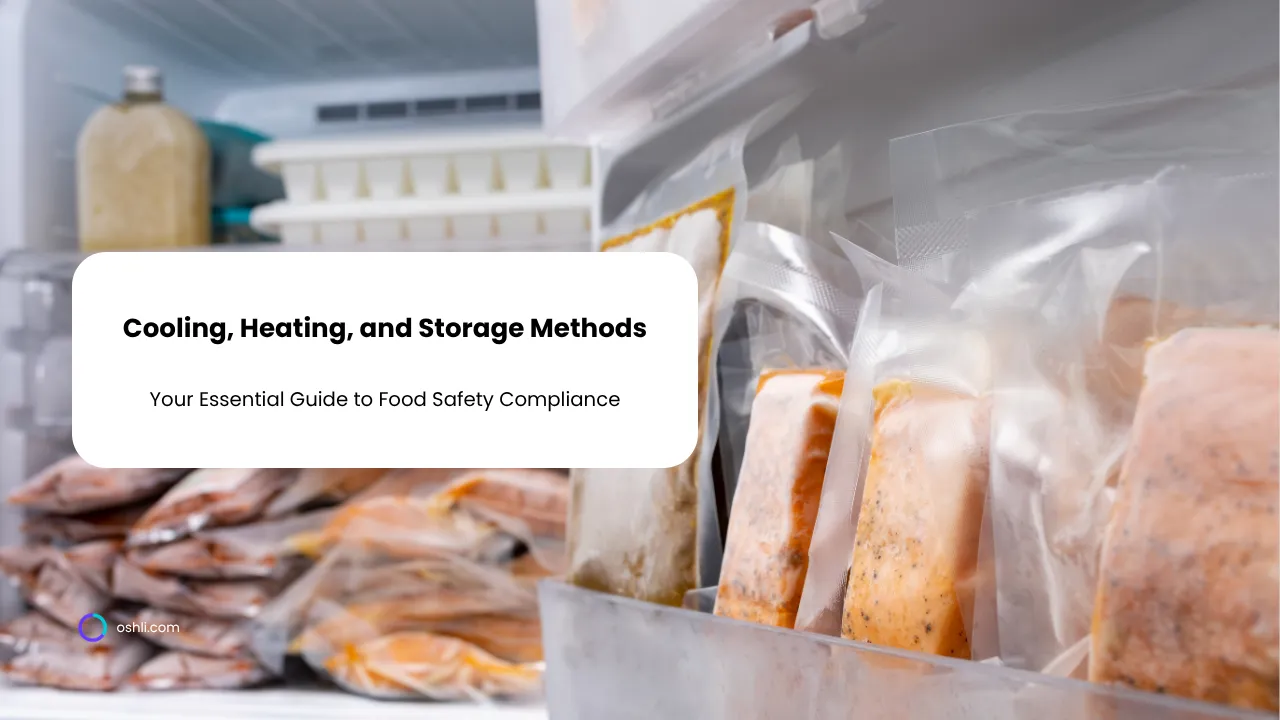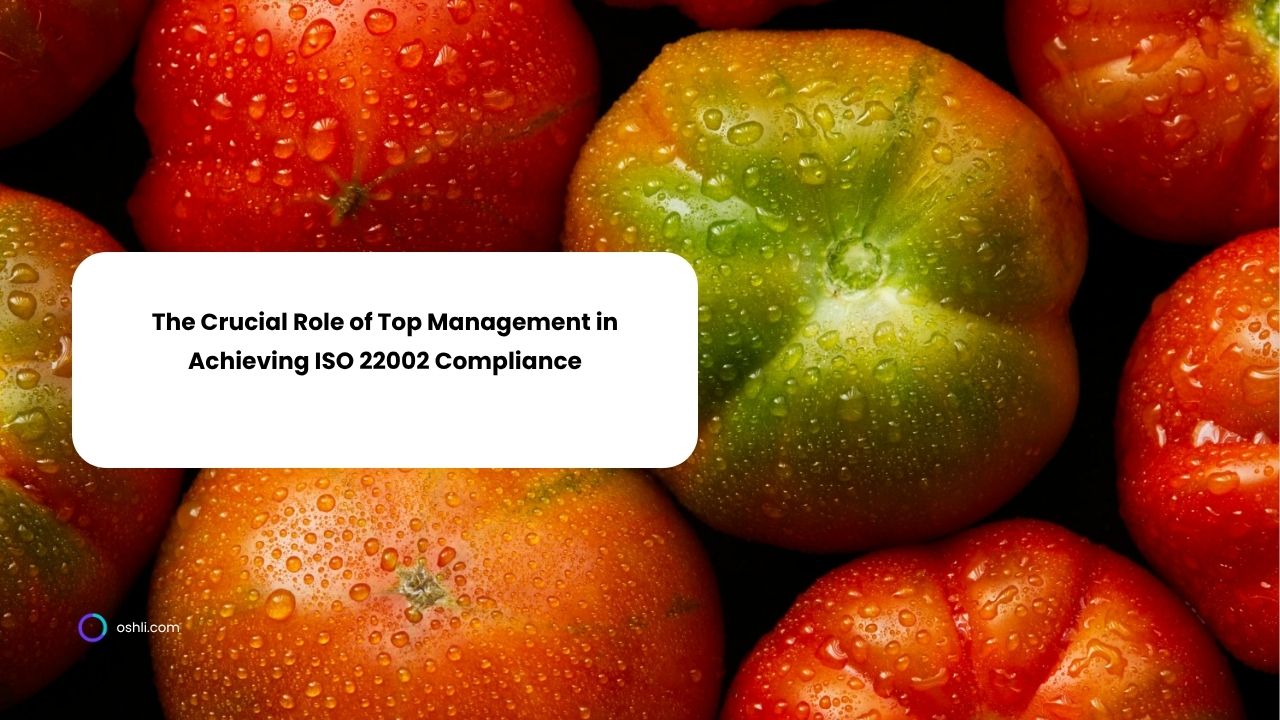
ISO 14001: The Key to Sustainable Business Practices – A Comprehensive Guide
Sustainability is no longer an option—it’s a necessity. For environmental engineers and sustainability professionals, implementing robust environmental management systems is critical not only to comply with regulations but also to drive long-term business success.
ISO 14001, the internationally recognized standard for environmental management, provides a systematic framework to reduce environmental impact, boost operational efficiency, and enhance corporate reputation.
This comprehensive guide is designed with empathy and respect for the challenges you face daily. We understand that environmental engineers work tirelessly to protect our natural resources and ensure that every business process is aligned with sustainable practices. Here, we explore the key aspects of ISO 14001 and offer actionable steps to help you integrate these standards into your organization. Whether you’re new to ISO 14001 or looking to refine your existing environmental management system, this article will empower you to lead with confidence and achieve lasting sustainability.
What is ISO 14001?
ISO 14001 is an internationally recognized standard that specifies the requirements for an effective environmental management system (EMS). It provides a framework that organizations can follow to enhance their environmental performance, minimize negative environmental impacts, and continually improve their sustainable practices.
At its core, ISO 14001 is designed to help businesses:
- Systematically manage environmental responsibilities.
- Ensure compliance with legal and regulatory requirements.
- Reduce waste and resource consumption.
- Enhance stakeholder confidence through transparent practices.
For environmental engineers, ISO 14001 represents both a challenge and an opportunity—a challenge to maintain rigorous standards in complex operational environments and an opportunity to drive meaningful, measurable change towards a greener future.
Understanding the ISO 14001 Standard
The ISO 14001 standard is built on the Plan-Do-Check-Act (PDCA) model, which encourages continuous improvement through a cyclical process. Let’s break down the core components:
Plan
Establish an Environmental Policy:
Develop a clear environmental policy that reflects your organization’s commitment to sustainability.
Identify Environmental Aspects:
Evaluate all operations to determine which activities, products, or services can impact the environment.
Assess Risks and Opportunities:
Determine the significance of these environmental aspects by assessing their risks and opportunities.
Set Objectives and Targets:
Define measurable goals and targets for improving environmental performance.
Do
Implement Operational Controls:
Put in place procedures, controls, and resources to manage the identified environmental aspects.
Employee Training:
Ensure that all employees are aware of the EMS, understand their roles, and are trained to implement sustainable practices.
Communication:
Communicate policies and procedures internally and externally to promote transparency and accountability.
Check
Monitor and Measure:
Regularly track your environmental performance through key performance indicators (KPIs).
Conduct Audits:
Perform internal audits to assess the effectiveness of the EMS and identify areas for improvement.
Review Compliance:
Verify that all operations comply with applicable environmental laws and regulations.
Act
Implement Corrective Actions:
Address any non-conformities identified during audits or monitoring.
Review and Improve:
Continuously update your EMS to adapt to changes in operations, regulations, or environmental conditions.
This cyclical process not only helps businesses stay compliant but also drives continuous improvement, making ISO 14001 an essential tool for sustainable business practices.
The 7 Key Principles of ISO 14001 for Sustainable Business
Implementing ISO 14001 effectively relies on seven key principles. These principles are designed to create a robust environmental management system that supports sustainability, reduces environmental impact, and fosters a culture of continuous improvement.
1. Commitment and Leadership
Principle:
Top management must demonstrate a clear commitment to environmental sustainability. This involves setting a strong example and allocating the necessary resources to achieve environmental goals.
Why It Matters:
When leadership is genuinely committed, every level of the organization is more likely to follow suit. This commitment builds trust among employees, stakeholders, and regulators, ultimately strengthening your company’s reputation as a responsible business.
Action Steps: - Develop and communicate an environmental policy. - Ensure management actively participates in environmental initiatives. - Allocate resources for sustainability projects.
2. Integration into Business Processes
Principle:
Environmental management should be integrated into all aspects of business operations. This means that sustainability is not a separate department—it is embedded in the core processes of the organization.
Why It Matters:
Integration ensures that environmental considerations are part of everyday decision-making. This leads to more efficient use of resources, lower operational costs, and a reduced environmental footprint.
Action Steps: - Incorporate sustainability into strategic planning. - Align operational processes with environmental objectives. - Use cross-functional teams to drive sustainability projects.
3. Continual Improvement
Principle:
The PDCA cycle is central to ISO 14001, promoting ongoing improvement in environmental performance.
Why It Matters:
Continuous improvement not only helps in meeting regulatory requirements but also drives innovation. It empowers employees to find creative solutions to environmental challenges, ensuring that your EMS remains effective in a changing world.
Action Steps: - Regularly review environmental performance data. - Conduct internal audits and use the findings to refine processes. - Set new targets and objectives based on performance reviews.
4. Employee Involvement and Training
Principle:
Empowering employees through training and involvement is critical. Everyone in the organization has a role in achieving environmental goals.
Why It Matters:
When employees understand their impact on the environment and are equipped with the knowledge to act, they become active participants in sustainability efforts. This inclusive approach fosters a culture of shared responsibility.
Action Steps: - Provide regular training on environmental practices. - Encourage employee suggestions for sustainability improvements. - Recognize and reward environmentally responsible behavior.
5. Communication and Stakeholder Engagement
Principle:
Effective communication—both internally and externally—is vital for the success of your EMS. This includes transparent reporting of environmental performance.
Why It Matters:
Open communication builds trust with stakeholders, including employees, customers, and regulators. It also helps in identifying potential issues early and addressing them proactively.
Action Steps: - Develop clear communication channels for environmental issues. - Publish sustainability reports that detail your progress. - Engage stakeholders through surveys, meetings, and feedback sessions.
6. Risk Management
Principle:
Identifying and managing environmental risks is a core component of ISO 14001. This involves assessing both potential negative impacts and opportunities for improvement.
Why It Matters:
Effective risk management prevents environmental incidents and ensures that your operations are resilient. It allows you to proactively address potential problems, minimizing disruptions and protecting both the environment and your business.
Action Steps: - Conduct comprehensive risk assessments. - Implement control measures for significant environmental risks. - Regularly review and update risk management strategies.
7. Compliance and Legal Requirements
Principle:
Adherence to environmental laws and regulations is fundamental. An effective EMS ensures that your organization is always in compliance.
Why It Matters:
Compliance not only avoids legal penalties but also enhances your organization’s credibility. It shows that you are committed to operating responsibly and sustainably.
Action Steps: - Stay informed about relevant environmental regulations. - Integrate legal requirements into your EMS. - Regularly audit compliance and address any gaps immediately.
Benefits of Implementing ISO 14001
Adopting ISO 14001 brings a multitude of benefits to your organization, particularly for those who care deeply about the environment:
-
Enhanced Environmental Performance:
By systematically managing environmental aspects, you reduce waste, lower emissions, and conserve resources. -
Cost Savings:
Efficient resource use and waste reduction often lead to significant cost savings. -
Improved Corporate Image:
Certification to ISO 14001 signals your commitment to sustainability, building trust with consumers and stakeholders. -
Regulatory Compliance:
A robust EMS ensures that your business consistently meets all legal and regulatory requirements. -
Employee Engagement:
Involving employees in environmental initiatives boosts morale and fosters a culture of innovation. -
Market Competitiveness:
Sustainability is increasingly important to consumers and partners alike, making ISO 14001 a valuable asset for business growth.
For environmental engineers and sustainability professionals, these benefits underscore the strategic value of ISO 14001. Your expertise in environmental management not only protects the planet but also drives business success.
Steps to Implement ISO 14001 in Your Organization
Implementing ISO 14001 is a journey that requires careful planning and a collaborative approach. Here are practical steps to help you build and maintain an effective environmental management system:
-
Define Your Environmental Policy
Begin by crafting a clear environmental policy that reflects your commitment to sustainability. This policy should outline your goals, values, and the responsibilities of every team member. -
Identify and Evaluate Environmental Aspects
Conduct a thorough assessment of your operations to identify environmental aspects and potential impacts. This process should include: Reviewing all production processes; Identifying sources of waste and emissions; Evaluating the impact of raw material usage. -
Establish Objectives and Targets
Based on your assessment, set measurable objectives and targets. These should be realistic, time-bound, and aligned with your overall sustainability strategy. Examples include reducing energy consumption by a certain percentage or minimizing waste output. -
Develop and Implement an EMS
Create detailed procedures and processes that form your environmental management system. Ensure that every aspect of your operations is covered, from procurement to production, and that responsibilities are clearly defined. -
Train and Engage Your Employees
Invest in regular training sessions so that all employees understand the EMS and their role in maintaining environmental standards. Encourage a culture of innovation where employees can contribute ideas for improving sustainability. -
Monitor, Measure, and Audit
Establish robust monitoring systems to track your environmental performance. Use internal audits and performance reviews to ensure that you are meeting your objectives and that any deviations are promptly addressed. -
Continuously Improve
Embrace a culture of continuous improvement by regularly reviewing your EMS, incorporating feedback, and updating your processes to adapt to new challenges and opportunities. This iterative approach ensures that your organization remains at the forefront of sustainable practices.
Real-World Success Stories
Implementing ISO 14001 can yield transformative results. Consider these examples from various industries:
-
Manufacturing Industry:
A leading manufacturing company implemented ISO 14001 to reduce energy consumption and waste. By integrating sustainable practices into their production processes, they achieved a 25% reduction in energy costs and significantly improved their environmental footprint, enhancing both their reputation and bottom line. -
Food and Beverage Sector:
A food processing plant adopted ISO 14001 and focused on waste minimization and efficient resource use. Their commitment to sustainability not only ensured regulatory compliance but also resulted in a 30% decrease in waste disposal costs, contributing to a greener production cycle. -
Chemical Industry:
A chemical manufacturer revamped its environmental management practices through ISO 14001, leading to better handling of hazardous substances and a marked reduction in emissions. The improved safety and environmental performance bolstered consumer trust and opened new market opportunities. -
Service Sector:
Even service-oriented businesses benefit from ISO 14001. One organization streamlined its operations by reducing paper waste and optimizing energy use across its facilities. This shift not only lowered operational costs but also demonstrated a clear commitment to environmental responsibility, attracting environmentally conscious clients.
These stories exemplify how ISO 14001 can drive both environmental and economic benefits, inspiring companies to adopt greener, more sustainable practices.
Challenges and How to Overcome Them
While the benefits of ISO 14001 are significant, implementing an EMS can come with challenges. Here are common obstacles and practical solutions:
-
Resource Constraints:
Smaller organizations may struggle with the initial investment required.
Solution: Start small, focusing on the most impactful areas first, and gradually expand your EMS. -
Employee Resistance:
Change can be difficult, and some employees may resist new practices.
Solution: Foster open communication, provide comprehensive training, and involve employees in decision-making processes. -
Complex Regulatory Environment:
Keeping up with changing environmental regulations can be daunting.
Solution: Stay informed through regular reviews of regulatory updates and consider partnering with experts or consultants for guidance. -
Data Collection and Monitoring:
Implementing effective monitoring systems may require technological investments.
Solution: Leverage digital tools and IoT devices to automate data collection and streamline reporting processes.
By addressing these challenges with proactive strategies, you can ensure a smoother transition to a fully functional ISO 14001 EMS.
ISO 14001 is much more than a certification—it is a commitment to a sustainable future. For environmental engineers and sustainability professionals, this standard provides a comprehensive framework to manage environmental impacts and drive continuous improvement. From defining an environmental policy to establishing robust monitoring systems and engaging employees at every level, ISO 14001 empowers you to build a greener, more resilient organization.
Your dedication to environmental stewardship is not only essential for regulatory compliance but also for inspiring positive change within your organization. Every step you take to enhance sustainability reflects your commitment to protecting our planet and ensuring a better future for generations to come.
Together, through the practical application of the 7 key principles of ISO 14001, we can pave the way for a more sustainable and profitable business landscape. Your expertise and passion are the driving forces behind effective environmental management, and with ISO 14001, you hold the key to unlocking a greener future.
Join our newsletter!
Enter your email to receive our latest news.
Don't worry, we don't spam
Related Articles

Guide to Developing a Professional Checklist for ISO 45001 Diagnostic Audits
The ISO 45001 standard establishes a framework for Occupational Health and Safety Management Systems (OHSMS), aiming to enhance employee safety, reduce workplace risks, and create safer working conditions. A diagnostic audit aligned with ISO 45001 is a proactive approach that allows organizations to assess current compliance, identify weaknesses, and prioritize improvements. Central to this process is a professionally structured checklist that ensures consistency, accuracy, and depth in audit execution.

Cooling, Heating, and Storage Methods: Your Essential Guide
Discover how to create a cooling, heating, and storage methods template to ensure food safety, meet compliance, and optimize temperature control with free templates.

The Crucial Role of Top Management in Achieving ISO 22002 Compliance
Explore how top management's leadership drives ISO 22002 compliance, ensuring robust food safety management through commitment, policy, and oversight.


